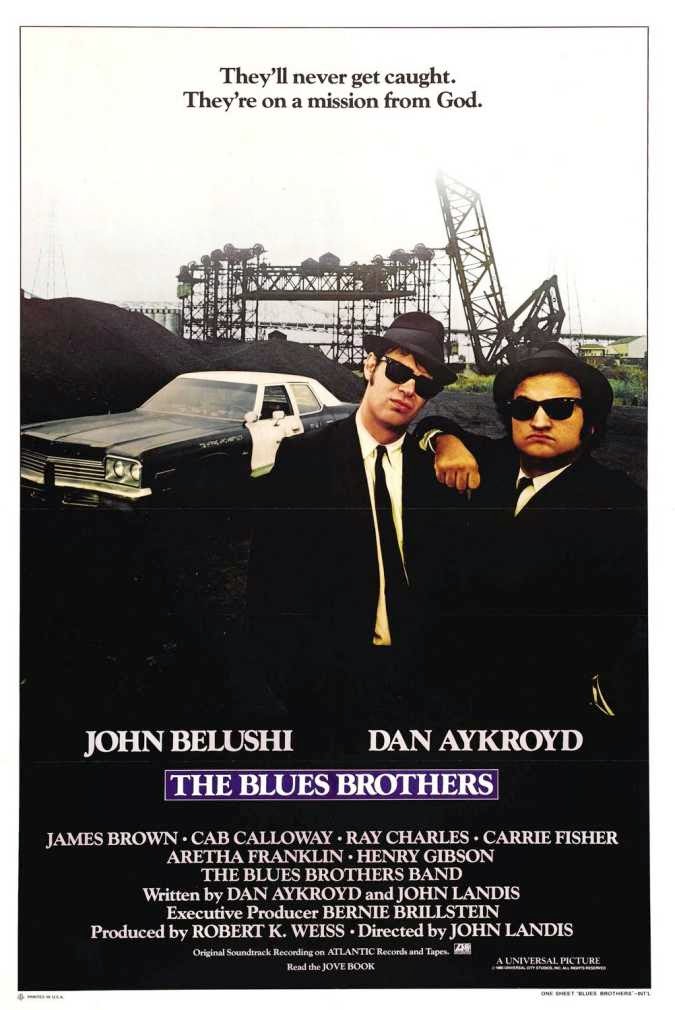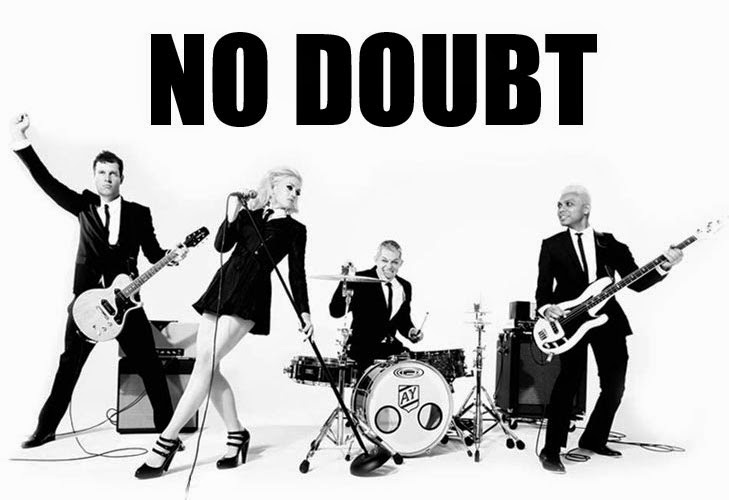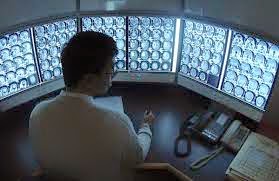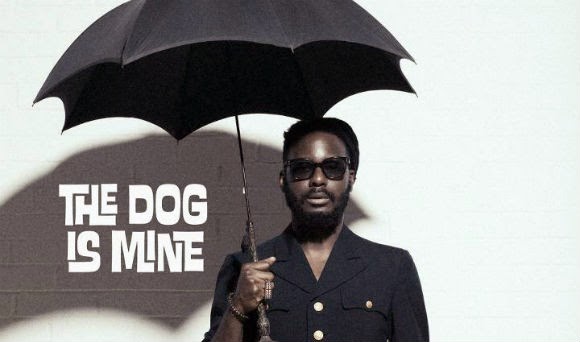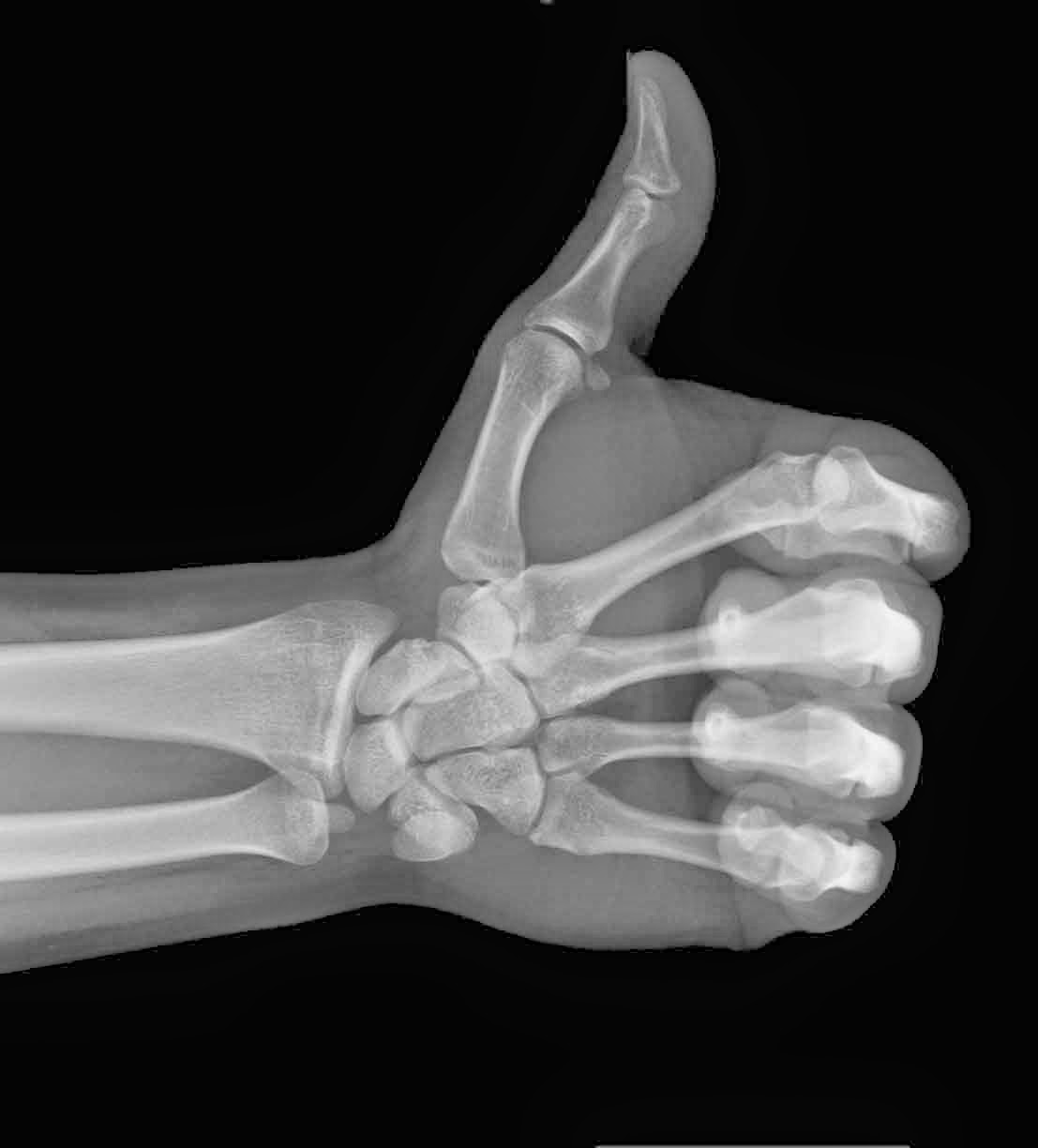There’s more to the field of medical imaging than a bunch of stuffy radiologists huddled around a couple of monitors. As I mentioned before in my previous post about the history of the imaging technique, the field has undergone a rapid technological advancement in the past century or so, improving the clinical model of visualization. But let’s take a step back from all the scientific stuff for a brief second and look at these developments in a
slightly different light.
During the early stages of medical imaging, X-rays were able to provide people with an initial view of the internal structure of the human body. As limited as that first view may have been, it still played a pivotal role in both challenging and changing people’s perceptions on the human body – to the point where these details would eventually become common knowledge. Without all the major advancements in medical imaging, we could well expect to still be living in the dark.
To really hammer this point home, further advancements in the field would only continue to build on our understanding. What was once the accepted view of the human body has now been given a complete overhaul, thanks to the availability of imaging devices able to produce higher-resolution cross-sectional pictures.
 |
| The SparkNotes illustrated version of this post |
So what’s the common thread in all of this? Research, of course. While the idea of research leading to new and exciting developments is a pretty basic concept in and of itself, it’s still an important one to keep in mind. Although the field of medicine is comprised of many different sectors, even at the base level there are plenty of opportunities to contribute meaningful ideas and suggestions. Just because you’re an undergraduate student, that doesn’t stop you from devising an independent thesis in an area you’re passionate about. Granted, I don’t want to be too idealistic here, given the logistics of funding, but an interesting and relevant pitch to your primary investigator
could go a long way. Who knows, you may find yourself presenting your findings at a research symposium, complete with nifty results and statistics to showcase your efforts.
The bottom line is, a little can go a long way, and if you already have a keen interest in science to start contributing as soon as possible. The entire medical field is driven by people with a knack for research and discovery – and while there’s never a shortage of great minds, there’s always room for more.
Thanks for reading,
Brandon Teteruck




